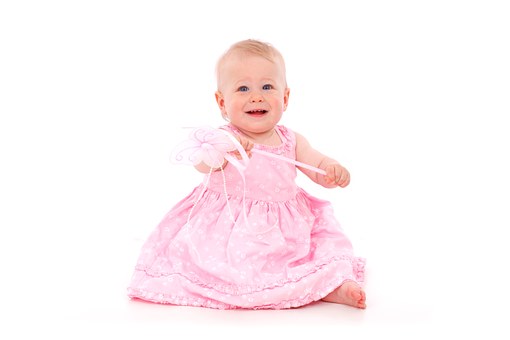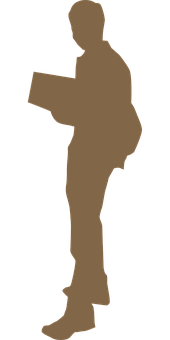Children & Chemicals...A MUST READ!

Children & Chemicals...A MUST READ!
Children & Chemicals...A MUST READ!In 2005 Belinda and her newborn baby participated in a study whichresearched the burden of chemicals on the human body. Throughout Belinda's pregnancy she was tested for 290 chemicals that she may have ingested, absorbed or inhaled over the course of her lifetime. Her breast milk that she was now passing on to her baby was also tested. When her baby was born, his blood, placenta and umbilical cord were similarly tested.
What the researchers found in Belinda's body was a chemical cocktail dating back from her period in the womb-from the breast milk she consumed from her mother, chemicals from the photography lab she played in as a child as her father developed his prints, and the now banned polychlorinated biphenyl from the plasticizers in the paint plant which leaked into the drinking water downstream from where she went to university. The tests also found perflourinated chemical (PFCs), a group of chemicals used as surfactants and stain protectors contained in sticky tape, carpet protectors, non-stick pans, household cleaners, and flame retardants'; Bisphenol A , found in plastic used in water bottles, including child bottles, Tupperware, and computers; phthalates found in cosmetics, shampoos, personal care products such as soap, creams, lotions, sunscreens and fragrances; lead and dioxins; and chemicals such as mercury which the researchers traced back from the time she was vaccinated as a child. Her blood also contained chemicals now banned or restricted around the world due to their accumulative and bad effects, including the pesticide DDT.

Her newborn baby already harbored most of the same chemicals that were in Belinda's body. These included pesticides, including DDT, chemicals from the same personal care products, plastics, and waste chemicals. These chemicals entered her baby in the same way they at first entered Belinda- via the placenta, umbilical cord and breast milk. The key point here is that there is no such thing as a "barrier" that so many people assume exists. As her baby continues to develop he will then continue to ingest, absorb or inhale chemicals via the food and drink he consumes, the personal care, cleaning products or drugs he is exposed to, and the environment where he learns and plays.
The important thing about these findings is that Belinda and her baby lead a life like most of the population. She shops for their food at major supermarket chains, and buys her cosmetics, personal care products and clothing from department stores. She was vaccinated as a child; takes medications and drugs when her body hurts, but has never had any major illness in her life, and significantly, uses all of these products as directed. So what's going on? What are these chemicals doing in their body and those of her newborn baby?
In fact, the chemicals in Belinda and her baby's bodies are not uncommon. The Environmental Working Group (EWG) found an average of 200 industrial chemicals and pollutants in umbilical cord blood from 10 babies born in August and September of 2004 in US hospitals. Test revealed a total of 287 chemicals in the group similar to that of Belinda's baby- pesticides', consumer product ingredients, and wastes from burning coal, gasoline, and garbage. Of the 287 chemicals detected in the umbilical cord blood 180 cause cancer in humans or animals, 217 are toxic the brain and nervous system, and 208 cause birth defects or abnormal development in animal tests. The World Wildlife Fund's
(WWF) study found similar contaminants including artificial musks used in cosmetics and cleaning products as well as flame retardants and chemicals used to make plastics and non stick and waterproof coatings at the most critical time of development-in the womb. Every single sample of mother or baby blood tested positive for an array of chemicals, many of which are suspected of links to health problems ranging from birth defects and genital abnormalities to certain types of cancer. All umbilical cords contained a minimum of five of the 35 chemicals tested for and some contained as many as 14. Two of the mothers tested had 17 of the 35 chemicals in their blood.
Babies and children are particularly vulnerable to chemicals due to their increased opportunity for exposure coupled with the biological susceptibility that is an inherent characteristic of early growth and development-lower body weight, lower metabolic rate, fewer detoxifying enzymes, and a blood brain barrier that is not yet fully matured. Children also eat 3-4 times more food in proportion to their body size than adults, thereby ingesting more chemicals per unit of body mass, drink as much as seven times more water than an average adult, and breathe more than adults per kilo of body weight. Children also have higher skin surface area to body weight ratio than adults, so increased skin absorption of chemicals can occur. The skin of children is also more permeable than adult skin. Studies reveal enhanced absorption of toxins and chemical through the skin of newborns.
Whilst our bodies can eliminate some chemicals, most chemicals are stored in our bone, fat, tissues and organs and either stay there for years of life. Some damage a specific organ, while others damage multiple organs as they pass through the body. Many others have an additive, or cumulative effect, meaning that the toxicity of one chemical adds to the toxicity of another.
For newborns to be born with this toxic burden raises serious moral and ethical issues for our society. In moral terms, how well a society cars for its weak and vulnerable is a measure of how civilized it is; in more pragmatic terms, a society that fails to cherish its children fails. It's as simple as that.
Protect your children, yourself and your great-grandchildren. Start using Chemical Free Organic Products
http://www.articlesbase.com/health-articles/children-chemicalsa-must-read-4594118.html Learn How To Kiss A Boy Passionately On Children Behaviour - Does Discipline Warrant Punishment? Child Custody Holidays Commonly Shared In Nevada Build Storage and Functionality into your Child's Room Design Kidsline Bedding for a Gender Neutral Nursery Things that Entertain Kids Finding a Good Quality Tutor For Your Child Actoplus Met 15 mg for Obese Teens with Low Insulin Resistance How targeting kids and teenagers is an intelligent move by cell phone manufacturers? Complaceny is Endangering our Children An Eczema Guide For Parents Who Wants to Protect Their Child's Skin There's More to Kids' Gifts than Just PSPs Patience. Patience. Patience: Caring for a Child with Autism